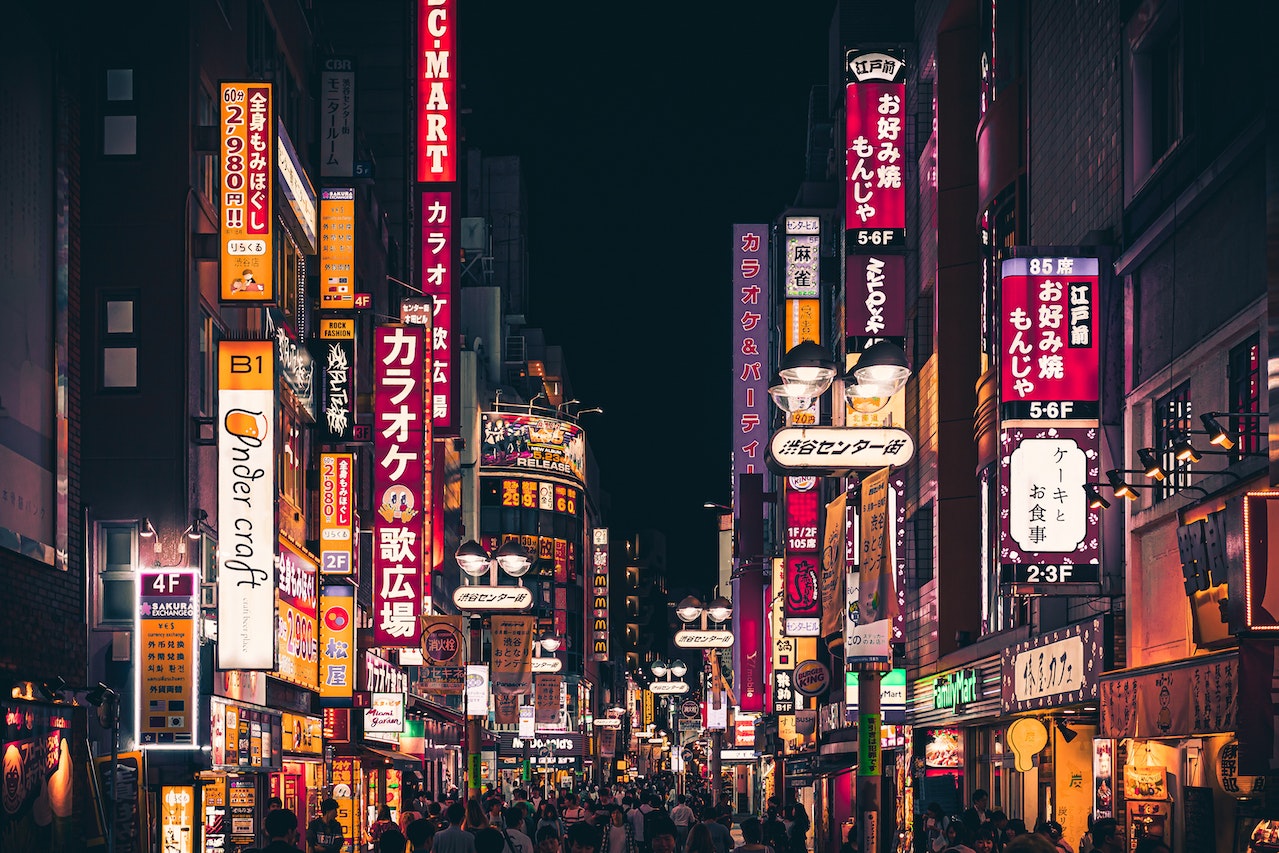Despite its strong connection to tea, Japan has an incredibly strong coffee culture. This culture has brought Japan to the forefront of coffee. From pioneering innovations now used around the world, to a unique culture born from a hybridisation of Japanese tea ceremonies and Western (especially American) coffee-to-go. Within a short period of time, Japan has risen to become the fourth largest consumer of this caffeinated blend.
We will take a journey through the history of coffee in Japan to modern times. Let's look at what innovations the complex history of Japan's relationship with coffee has produced. Join us on a journey through the land of the rising sun.

In contrast to the traditional Japanese tea culture, which is deeply rooted in communal rituals and ceremonies, coffee in Japan is primarily viewed as a solitary drink. It is often enjoyed as a personal indulgence or a moment of respite on a busy day. Japanese coffee culture emphasizes the individual's experience and the pursuit of personal taste preferences.
The beginning of the 20th century seemed to really cement the growth of coffee in Japan. With the invention of kissatens in the Showa era (1926-1989), and a large number of Japanese moving abroad to work in coffee farms, it seemed coffee was in Japan to stay. Between 1900 and 1924, approximately 35,000 Japanese workers migrated to Brazil to work on coffee farms. Coffee houses, known as "kissaten," started to emerge during the Showa era providing a space for social gatherings and intellectual discussions. Initially met with curiosity and intrigue, these kissaten eventually became popular among intellectuals and artists, fostering a vibrant coffee culture in Japan. Now considered "old school" kissaten have largely fallen out of fashion these days.

During World War II, coffee's growth in Japan would interrupted. Due to its association with the West as a whole, and America Specifically, it was temporarily banned until the end of American occupation in 1952. Tea continued to be the dominant beverage during this period.
After the war, and the American occupation, coffee would come to symbolise Japan's embrace of modernisation and Western ideals. It became an important marker of the rising middle class. Coffee shops became symbols of Western modernity and enjoyed a status similar to Disneyland in Japan. They came in many forms, and provided a sense of escapism and a taste of foreign culture for Japanese consumers. Jazz cafes, known as "jazu kissa," would play a crucial role in shaping the Japanese post-war coffee culture. These cafes not only served coffee but also became hubs for social change and artistic expression. Jazz music was synonymous with Western cultural elements, and the cafes became meeting places for progressive youths, intellectuals, and activists during the 1960s and 1970s. The feminist movements, anti-government protests, and intellectual discussions that took place in these coffee shops, made them vibrant centers of social and cultural transformation.
One of the more notable figures in the history of Japanese coffee is Tadao Ueshima, often referred to as the "father of coffee in Japan." He founded Ueshima Tadao Shoten in Kobe in 1933, which played a pivotal role in popularizing coffee in the country. Ueshima's company later re-invented and mass produced canned coffee in 1969, and then went on to establish the "All Japanese Coffee Association" in 1980. Firmly establishing his contribution to the growth and development of Japanese coffee culture.

Coffee preferences in Japan also reflect generational and socio-economic divisions. Instant coffee, known as "sento kohi," became popular among the younger generation due to its convenience and affordability. On the other hand, ground and fresh coffee beans are considered luxury goods favored by successful middle-class Japanese adults. The process of grinding and brewing fresh coffee is seen as a more indulgent and sophisticated experience, appealing to those who appreciate the craftsmanship and quality associated with specialty coffee.
Even today, the majority of coffee consumption in Japan occurs outside the home, in bars and restaurants, highlighting the social aspect of Japanese coffee culture. Nestlé, with its popular brands like Nescafé, holds a prominent position in the retail coffee segment, providing a wide range of instant coffee options. JAB Holdings, a Luxembourg-based company, dominates both the in-home and out-of-home coffee markets in Japan, operating various coffee shop chains and offering high-quality coffee experiences.
Japanese coffee culture has also seen the creation of several innovations. Flash-chilled iced coffee, which involves brewing hot coffee directly onto ice, has gained popularity for its refreshing taste. It's ability to better maintain the flavour profile found in the bean has also been one of its standout features. Kyoto-style cold brew, made through a slow-drip process using large towers, has become a symbol of craftsmanship and dedication to quality.
Instant coffee was invented by a Satori Kato in Chicago in 1901. It's now one of the most sold versions of coffee around the globe, dominating Japan itself, as well as most parts of South and Central America. Canned coffee, popularised around the world by starbucks, was also invented in Japan by Tadao Ueshima's company in 1969, with the first hot-cold vending machine arriving in 1973 from Pokka.
The V60, a pour-over coffee maker developed by Hario in the 1950s and popularized in the 2000s, has won multiple World Brewers Cup Championships and has become a staple in specialty coffee shops around the world. More recently they have released the Hario Switch. It's a v60 cone that can also double as a French press-like percolator. With this single device you can make two different types of coffee quite efficiently.

If you are unable to make it to Japan, fret not. We have a delicious Kenyan Filter that is really light and fruity, and tastes delicious as a Japanese Cold Brew or a standard v60 filter. Check it out here Gakuyuini AA.





